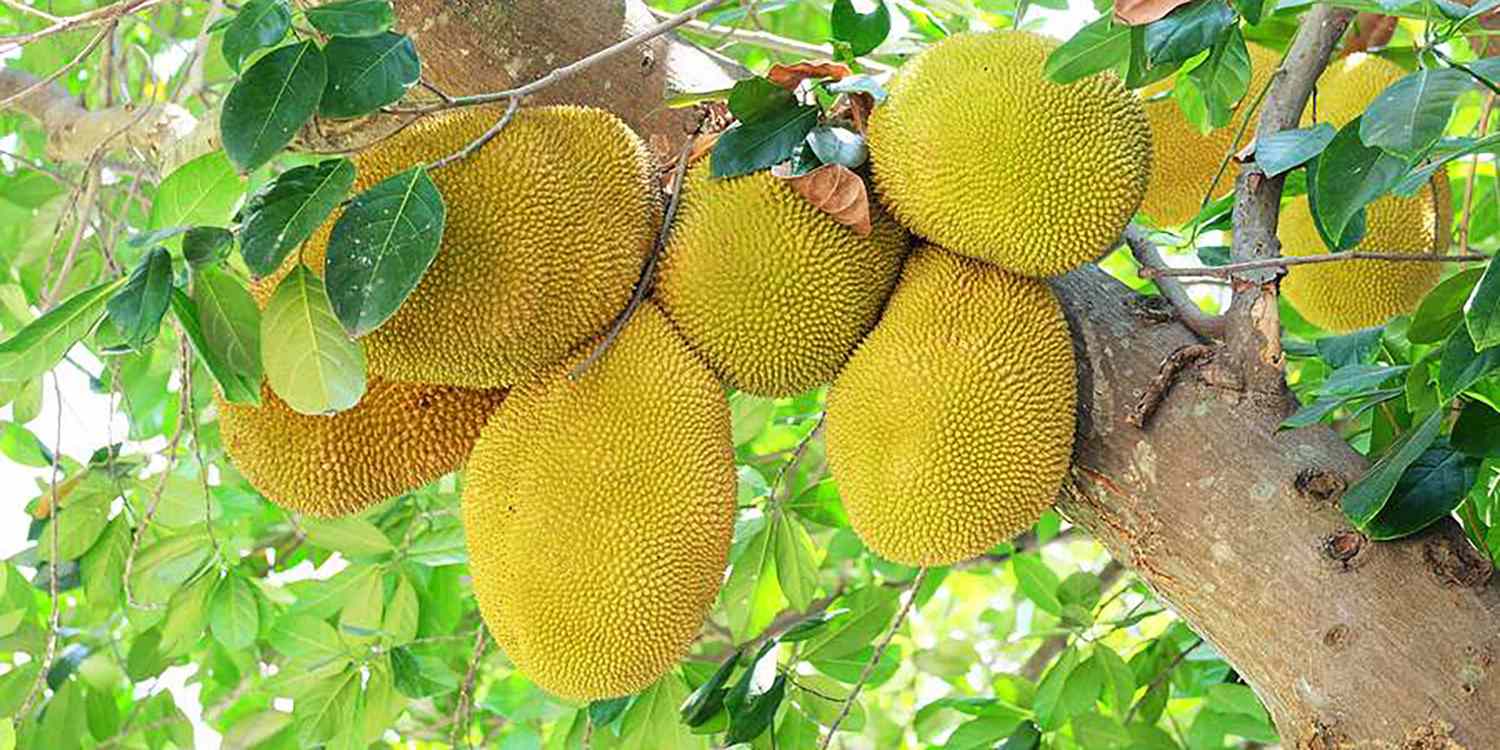Popular for fall salads, baking projects, and other autumnal treats, pepitas are delicious pumpkin seeds that are perfect for adding character and crunch to a wide variety of dishes. But wait – it’s important to note that not all pumpkin seeds are considered pepitas. Toasted and salted, pepitas make for a tasty snack on their own and also serve as a superb topping for other recipes when you want a textural boost. But how, exactly, do they differ from pumpkin seeds? Read on for the answer.
Pumpkin Seeds vs. Pepitas: What’s the Difference?
If you’ve ever decided to save, clean, and dry the seeds of your pumpkin after carving a jack-o’-lantern, you have likely been faced with the realization that the seeds harvested from a carving pumpkin are tough and sinewy. In other words, they have a distinctly difficult-to-chew texture that isn’t all that appealing.
Where, you might ask, are the pepitas? The truth is that pepitas are pumpkin seeds that do not have a hull – which most pumpkin seeds do have, making them significantly less attractive as a snack.
Because pepitas are a common ingredient in Mexican cooking, there’s a common misunderstanding that “pepita” is simply the Spanish word for “pumpkin seed” – that is not true. While all pumpkins produce seeds, only certain types of pumpkins, like Styrian pumpkins or oilseed pumpkins, produce hulless seeds, i.e. pepitas.
You might also find these pepita-producing pumpkin varieties under the names Kakai Hulless, Lady Godiva, or Naked Bear. Of course, you don’t need to harvest your own pepitas, they’re packaged and readily available at most supermarkets.

Health Benefits of Pepitas
Pepitas are a seed; thus, they are a great source of nutritional diversity to incorporate into a balanced diet. They are rich in healthy fats, and a single serving of pepitas delivers a nice dose of dietary fiber, as well as 5 grams of protein. These hulless pumpkin seeds are also an excellent source of phosphorus, magnesium and zinc, essential fatty acids, antioxidants, vitamin E, and more.

Substitutes for Pepitas
Because both pepitas and pine nuts are seeds, they are often recommended as substitutes for one another, though it’s more common to substitute pepitas in place of pine nuts because of their comparative affordability. In some cases, you can trade toasted pumpkin seeds in the place of pepitas, but it’s best to only do this when the recipe utilizes pepitas for a garnish. In recipes like a pesto, salad dressing, or soup, where the pepitas are crushed or otherwise mixed in, pine nuts make a better substitution.

Ways to Use Pepitas
The uses for pepitas are almost endless: They’re wonderful for snacking on as they are, but can also be used as a toasty addition to homemade snacks, like granola bars or protein bites. Stir them into chocolate chip cookie dough for nutty crunch, or try sprinkling a handful over banana bread or pumpkin bread before baking for an extra autumnal twist on your favorite baked goods. Savory dishes are also a great place for pepitas: Add them into a kale salad, on top of pumpkin soup, or even in chili. Pepitas can also be pureed into soups for a vegan thickening option, ground into a tasty pesto or can be blended on their own to produce a delicious nut butter alternative that’s perfect for those with tree nut or peanut allergies.
Explore our entire collection of Nut and See Recipes for more inspiration.




